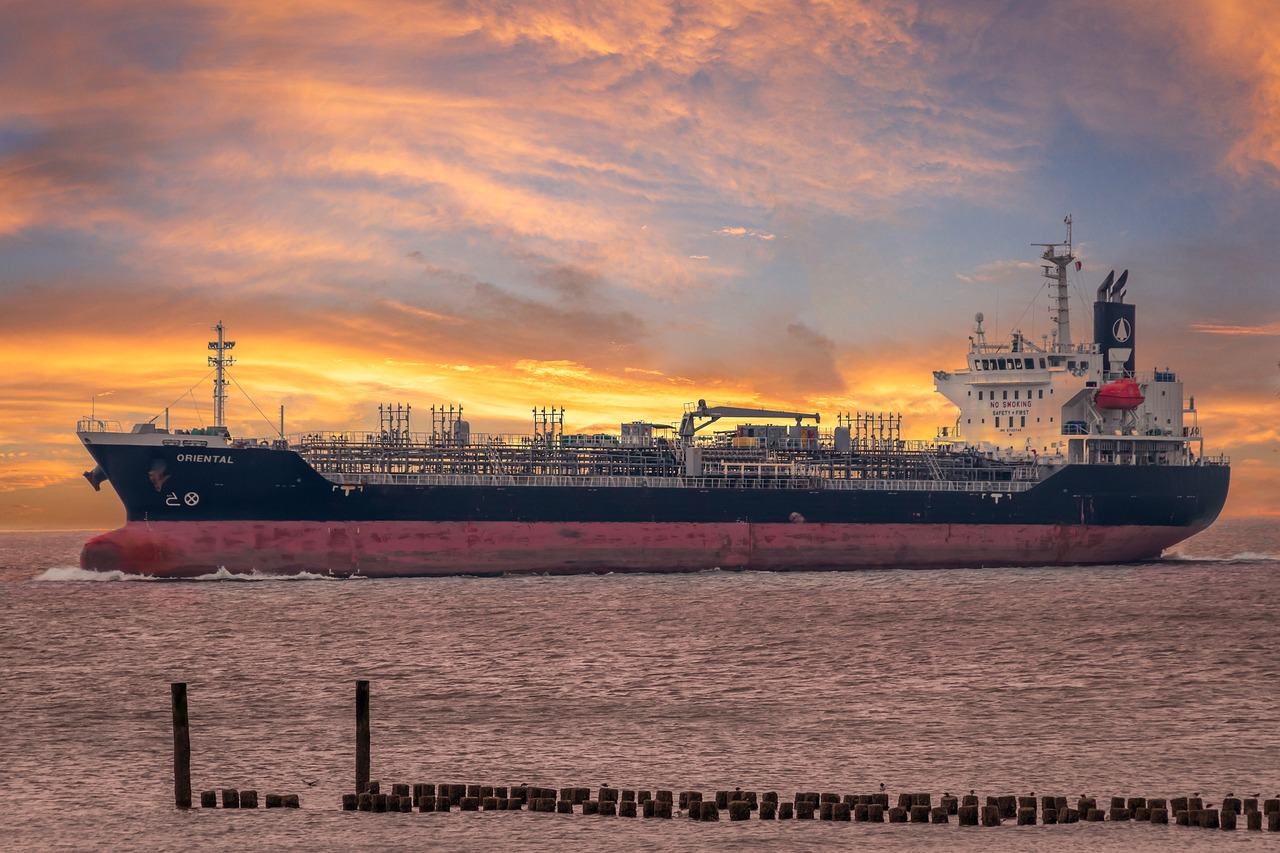Hydraulic surges during LPG transfers can cause catastrophic failures, which is why a rigorous engineering approach to surge management is essential, explains Milangaz LPG terminal manager, Onur Özutku
In liquefied petroleum gas (LPG) terminals, the interface between ship and shore presents a dynamic and technically challenging environment. Central to this challenge is the management of hydraulic surge pressures — sudden, high-energy pressure waves that can damage infrastructure, rupture cargo lines, and potentially result in a loss of containment.
Milangaz LPG terminal manager, Onur Özutku, explains: “Hydraulic surges are a known hazard in pressurised liquid transfer systems. Their occurrence during high-rate cargo loading, especially at the emergency shutdown interface, can impose forces beyond the design limits of terminal and vessel infrastructure.”
Hydraulic surges — commonly termed ‘water hammer’ — occur when a rapid change in fluid velocity generates a travelling pressure wave. In cryogenic and pressurised systems such as LPG or LNG transfer pipelines, this can be triggered by events such as abrupt valve closures, pump trips, or emergency shutdowns (ESDs). “The fluid’s momentum,” Mr Özutku explains, “acts against the obstruction, compressing both the liquid and the pipeline. This compression produces a wave that travels at the speed of sound in the fluid, rebounding within the pipeline until dissipated.” In terminals handling liquefied gases, the combination of low temperatures, high density, and large volumes exacerbates this phenomenon.
The engineering response begins with surge analysis. During the design phase of a terminal, computational hydraulic modelling is employed to predict how surge pressures might develop across a variety of operational scenarios. Mr Özutku states that the key variables — pipeline length, fluid density, pump characteristics, and valve closure rates — must be considered holistically. “By simulating operational and emergency cases, engineers can define maximum allowable flow rates and determine safe valve actuation profiles,” he notes.
At play are the practical complexities that occur during loading operations. At such large facilities, the volume of LPG transferred and the infrastructure required to manage loading rates introduces considerable surge risk. Long pipeline runs, multiple valve stations, and the presence of ESD systems on both ship and shore complicate the hydraulic response.
“The surge risk profile changes and analysis must be ongoing”
The configuration and co-ordination of these systems are especially critical during ESD. In such scenarios, the shore-side system must respond in synchrony with the vessel systems. A mismatch in ESD timing can lead to over-pressurisation of hoses or hard arms. Mr Özutku explains: “If the ship’s ESD valves begin closing before the terminal system halts flow, surge pressures can rise rapidly. The rupture of cargo arms or failure of flexible joints is a real possibility.” To mitigate this, some terminals are equipped with surge drums at the loading jetty, capable of absorbing the pressure wave and protecting the downstream system.






